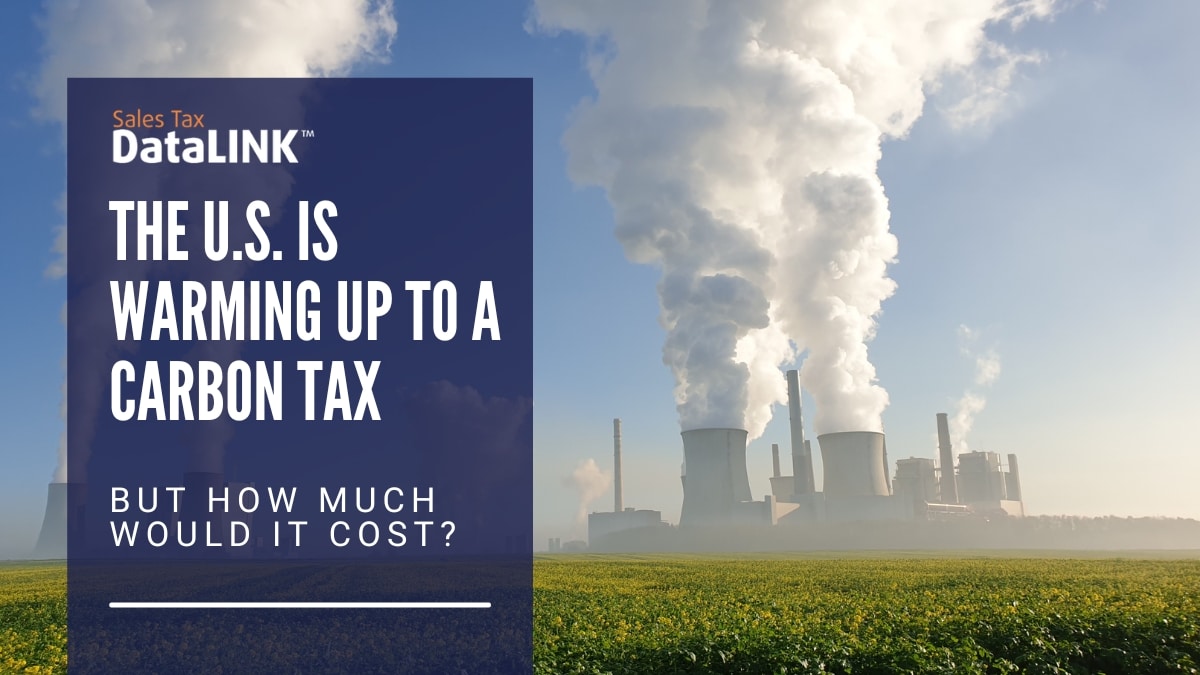During his Oscar acceptance speech, Leonardo Di Caprio stated, “Global Warming is not only the number one environmental challenge we face today, but one of the most important issues facing all of humanity…”, and he is not the only one that feels this way. With the rising awareness of climate change in the United States, discussion of the establishment of a carbon tax is at an all-time high.
We wouldn’t be the first ones to instate such a tax. Currently, Australia, China, Canada, India, New Zealand, South Korea, and 43 other countries have some form of carbon tax.
Could America be next?
As of now, only Boulder, CO has an established Carbon Tax, but Washington, Oregon, New York, Massachusetts, Rhode Island, and Vermont have taken great strides towards founding a carbon tax.
Al Gore introduced this idea to mainstream politics with his famous mantra, “Tax what we burn, not what we earn.” Since then, carbon tax bills have been proposed in both state and national governments repeatedly. Even this year the carbon tax has been a platform discussion point.
Trump tweeted, “Obama’s carbon tax plan will finance more windmills in America. More real estate depreciated, wildlife killed, incl. bald eagles”. This criticism led to a heated discussion in which Trump’s administration debated on the ethical and economic consequences of proposing a carbon tax. So much so, that Trump’s energy advisor had to hold a press conference to discuss his possible endorsement of the tax.
A state-instituted carbon tax has been on the horizon for over a decade. How long can it wait?
But how much would a carbon tax cost?
In a carbon tax, a “right to emit” is not limited by capping the amount of Green House Gases that are emitted. Instead, anyone who wishes to emit must pay a tax. This method allows mediation power to the states. The higher a state places a tax, the lower the release of emissions; however, states with higher carbon taxes might bleed industry into states with lower taxes. This competition keeps states fair. So the cost of a carbon tax would vary between states/municipalities and most likely change as often as our current sales tax rates and with the same complexity.
Corporations and manufacturers would be hit the hardest by the institution of a carbon tax, as they create the largest amount of emissions.
How would one offset the costs?
Currently, the most common way that carbon taxes are offset is through a process called tax shifting. To keep from overly taxing the populous, a carbon tax is coupled with tax cuts in other places like corporate tax or sales and use tax.
Washington State has proposed such an arrangement. If a carbon tax is imposed, they plan to use progressive tax shifting to cut the sales tax by 1% from 6.5% to 5.5%. 1% seems like a small number, but it would save $88,849,890 annually.
However, tax shifting isn’t the only option. Dividends are also a popular option. The state government would annually send all residents of that state identical checks drawn from earnings on investments made with the state’s North Slope oil royalties. Citizens’ Climate Lobby has been organized around what it calls a carbon fee-and-dividend plan since 2007 and will be releasing a detailed explanation of the plan’s short-term financial impact on households this year.
Either way, tax plans would be shifting to accommodate the arrival of a carbon tax. Every year, these plans change and evolve to support the changing proposition for a carbon tax. The only thing you can be sure of is that when a carbon tax is instated, there will be some BIG changes.
Nothing about taxes is simple, but with Sales Tax DataLINK, it can be easy. Don’t let tax shifts slow down your business! Instead, let us do the work for you.




